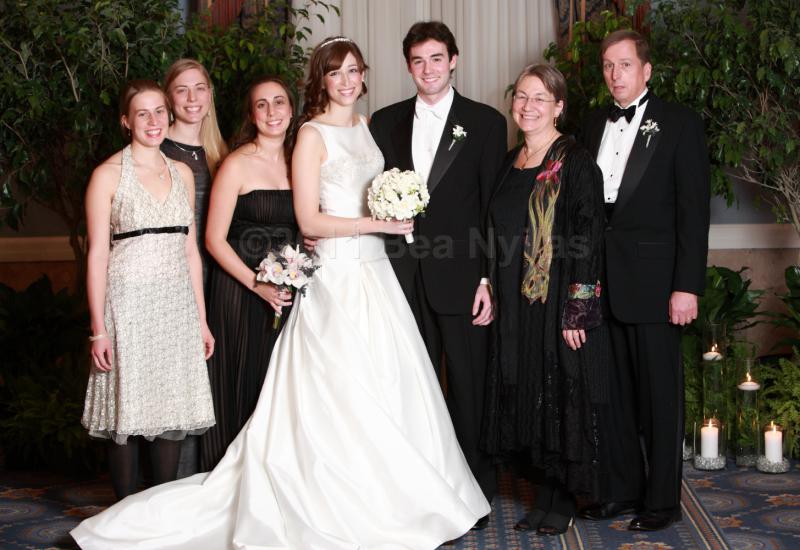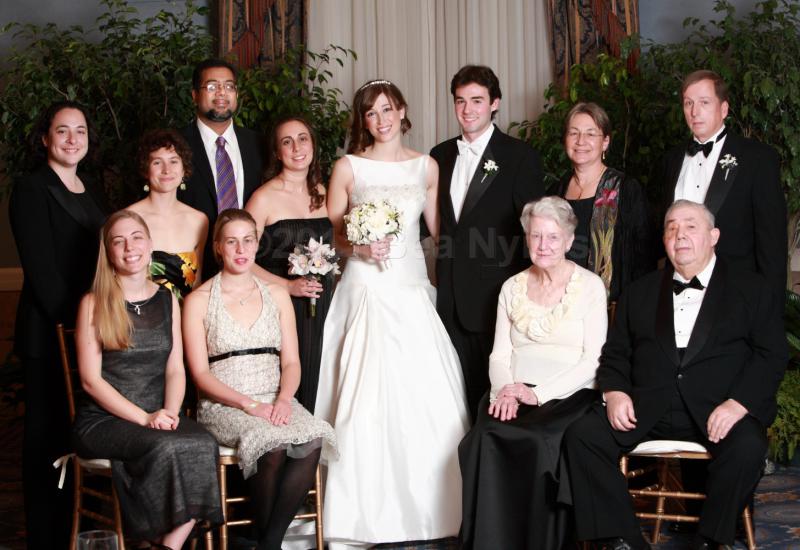Serendip is an independent site partnering with faculty at multiple colleges and universities around the world. Happy exploring!
Notes Towards Week 7 (Oct. 18): Culturing Nature--Parts I & II with Anne
To begin (via alice.in.wonderland), Lady Gaga: Yoü and I
I. coursekeeping
welcome back! (any relevant stories....about Act I: disability? Act II: biology?)
mine from Le Jardin botanique de Montréal: is this nature or culture?

 |
 |
[the world of urinary signage/segregation...]
also my tale re: the use of the "people's microphone,"
@ the Meeting for Worship @ "Occupy Philadelphia"
for those who haven't yet passed the name test:
a public demonstration...??
* today's snacks by jfwright and venn diagram (thanks!)
next week: Amophrast and leamirella
* sign in
* your web events (have you read one another's? --you should!
seek out others who have figured out how to embed videos, do citations, play
w/ varieties of ways of doing intellectual work on-line: help one another out here!
as we respond to your papers, please write back to us; these conversations can be ongoing....)
* part of ongoing developments in academic work: American Literature in the World
* Judith Butler lecture/ticket update
* the Flexner Host Committee is developing a special event for Tri-co
G&S concentrators, majors, and minors: a closed coffee hour with
Judith Butler 3-4:30 on Thursday, November 10 at Uncommon Grounds
--interested?? sign up w/ Sharon Ullman (who will be sending you an invite;
interested in signing up for the concentration? see Kaye or Sharon Ullman)
* Moodle site w/ videos, available ONLY to students in
our JB-centric courses who cannot attend the lectures;
also sign up for this....
for next week's class, three selections in our password-protected file:
re-read Peter A. Bos, David Terburg, and Jack van Honk. "Testosterone decreases trust
in socially naïve humans." Proceedings of the Natlonal Academy of Sciences 107, 22
(2010): 9991-9995.
2 chapters (# 1 & 10) from 2010 book, Brain Storm: The Flaws in the Science
of Sex Differences, by BMC alum (poli sci major '86 ) Rebecca Jordan-Young
and a 2011 essay by Bonnie Spanier and Jessica Horowitz, "Looking for Difference?
Methodology Is in the Eye of the Beholder," Gender and the Science of Difference:
Cultural Politics of Contemporary Science and Medicine.
by THIS Sunday evening (along w/ your reflections on testosterone, etc.) please ALSO post a mid-semester evaluation -- of what's working, and what needs working on, both for you as an individual learner and for the class as a learning community. What might you do differently, and what can we do, to to improve y/our learning?
heads up that Sunday a week, Oct. 30, your second web event is due: 4 pp. explaining to a specific audience what's important about some dimension of the diversity of gender or sexuality (we're happy to have writing conferences if you'd like--Anne w/ HC students, Kaye w/ Mawrter's, but these aren't required)
II. intersexuality
A good deal of gender studies work centers now on transgender experience;
someshine's post about Chaz Bono; the Transgender Studies Reader, etc. etc.
Intersexuality (because "nature," not "culture"? "imposed, not chosen"?)
has been less central to gender studies work.
But Joan Roughgarden says (in today's reading, Chapter 16: Disease versus Diversity),
that "with the loss of homosexuality as a pathology and the prospect of also losing
transsexualism, medicine is making a last stand around intersex ... the mind-set is
the same: nature intends a heterosexual binary, and variation equals defect" (p. 298).
As Riki Wilchins told us a few weeks ago, "To clearly see discursive power @ work,
we need bodies @ society's margins ... a body that is still off the grid of cultural
intelligibility, one that hasn't 'set' yet into a socially recongized identity. What we need,
of course, is a herm (pp. 71-72).
Wilchins argues that "the discourse on intersex infants is concerned with discovering what
binary sex they 'really' are, so we can 'fix' them properlty. The possiblity that intersex infants'
sex might not be immediately available to us, that they might not have the sort of binary sex
the doctors are so anxious to locate and assign, just doesn't register. .. non-binary outcome
appears ... as a logical impossibility" (p. 75).
Wilchins described the "heterosexualizing" of intersex infants (defining
them as either-or) as an example of the problematics of identity politics -->
"maybe we should rethink the politics of gendered identification....
Gendered identification is not an integral, independent feature of experience,
but two accepted sets of meanings through which we are called to understand
ourselves and to be understood by others" (p. 131).
Among the many varieties of intersexuality is Androgen Insensitivity Syndrome:
the feminization of a body whose gonads are male (Roughgarden, p. 291).
My own family story includes Katie Baratz Dalke, President of the advisory board for Advocates for Informed Choice, member of the medical advisory board for the Androgen Insensitivity Syndrome Support Group, and a first year resident in psychiatry the Medical School of the Unversity of Pennsylvania. Katie has Androgen Insensitivity Syndrome (AIS), a condition in which a genetically male (XY) individual is resistant to male hormones called androgens, resulting in the presentation of some or all female physical characteristics.
Amophrast's report on Katie Baratz Dalke's talk to the BMC post-bacs last spring, about intersex

Amophrast: if you start using the phrases "between-gender" and "within-gender", then same-sex couplings seem to be the dafault. Between-gender could be just about any combination ....
Katie: you could call this a same-sex marriage

How might you shape a family (if you had a child "of a strange shape")?
How might you intervene, as a medical practitioner, in a family w/ an intersexed child?
How might you adjudicate, as a legislator, in decisions about medical intervention?
How might you advise, as independent counsel to the government on scientific matters?

National Academy of Sciences (NAS)
Established: 1863
Membership: Approximately 2,200 members 400 foreign associates
The National Academy of Sciences was established in 1863 to address the government's urgent need for an independent advisor on scientific matters. As science began to play an ever-increasing role in national priorities and public life, the National Academy of Sciences expanded to include the National Research Council in 1916, the National Academy of Engineering in 1964, and the Institute of Medicine in 1970.
Some material to "think with"-->
Roughgarden:
"a major threat to the human rainbow is the misclassification of human diversity as disease" (p. 280).
"each of us as members of a human community [should] assume more responsibiility for one another. We should know our neighbors, value them, and love them ... we, in all our shapes and sizes ... are healthy" (p. 304)
Parens on "Surgically Shaping Children":
we have disordered social practices, not disordered bodies!
debates about self-shaping technologies:
a worry that--in using technologies to transform identities--
individuals are becoming "inauthentic"
how to balance parental obligations to let children "be," and to "shape" them?
what are the costs to the child of surgeries to "make others feel better"?
on the fuzzy distinction between physiological and psychosocial functioning
is technology "morally neutral," or does it (as per
Heidegger) offer a "particular way of revealing things"?
in which things are "set upon" and "challenged forth," their particularity erased,
as they are made "anonymous and interchangeable"?
do we treat the child's body as raw material, made to
be shaped to the "natural," "normal," "orderly"?
cf. "consumer-protection bioethics" w/ the "Socratic" form,
which attends to the connections between practices and people
(or: no decisions are individual)
since desire for normalcy=desirability=recognition,
it is our responsibility to establish new norms (=atypical anatomies)
(and so resolve the) tension between the master narrative of
the "scientific fix" and the need to affirm human variation
What do you think about this idea?
Cf. Charlie: Lucky for me, I was born straight .... Straight ... is not questioned. I am able to choose to identify myself, love whoever, act however, without any questioning. I am simply, and Anne this is a shout-out to you, being "normal".
Cf. Parens, quoting sociologist Priscilla Alderson, "Grace is the virtue of living with what cannot be fixed; resisting fantasies of repair or restitution, and accepting the limits of one's own effectiveness .... We need to beware of thinking of our bodies as mere stuff, which we can put to whatever purposes we see fit" (p. xxv).
How might you shape a family (if you had a child "of a strange shape")?
How might you intervene, as a medical practitioner, in a family w/ an intersexed child?
How might you adjudicate, as a legislator, in decisions about medical intervention?
How might you advise, as independent counsel to the government on scientific matters?
Count off by 6's; in each group of four: one of you is
* the parent of a daughter w/ incomplete androgyn sensitivity (=abnormal genitalia, no health problems);
* the gynocologist who delivered the child, and is
advocating re-shaping this body to conform to gender norms;
* a legislator, voting on whether to have this "self-shaping surgery" covered by health insurance,
* a member of the National Academy of Sciences, advising the legislators who are about to vote.
Discuss!
III. break, to the tune of Amphrast's alternative to Lady Gaga
IV. Kaye on testosterone and scientific literacy....


